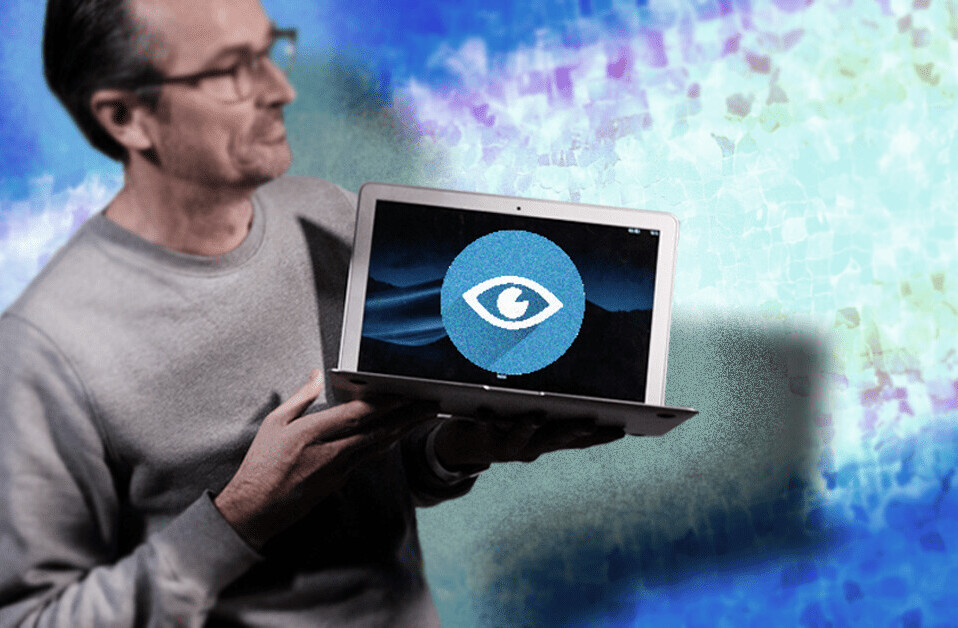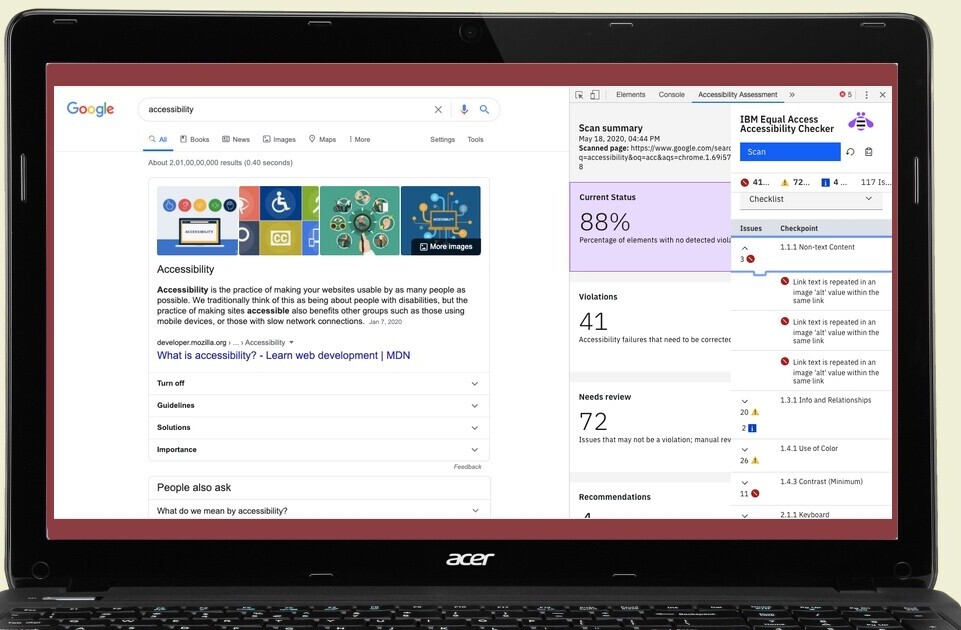
By now, we all know that emotional intelligence (EQ) belongs in the workplace. Not only does it shape more aligned and connected teams, it’s also one of the most powerful ways to bring teams together behind their product. And in today’s more competitive product landscape, businesses have to prioritize meaningful relationships between products and people.
After all, if the teams building the products don’t believe in them, how can we expect users to?
I’d argue that as Product Managers, our roles naturally demand a level of emotional intelligence. We have to communicate, empathize, and diffuse conflicts on a daily basis.
But in a product sphere shaken by the pandemic, we have to be more conscious to project that intelligence onto the teams and the workflows that make our products — especially when emotional intelligence can arm people with the skills to juggle disrupted processes and remote work.
Like any form of mental gymnastics, emotional intelligence has to be exercised through habits. These are a few of the ways I’ve personally brought EQ into product management:
1. Build with accessibility in mind
An appreciation for inclusion is directly linked to EQ.
COVID-19 has meant many demographics who were not using online tools before, are now active users. It’s us Product Managers who bear the responsibility of ensuring the tools of today work for everyone tomorrow. We have to be highly attentive to the specific needs of people of all backgrounds and abilities, factoring in things like their mobility and digital literacy.
With such an expansive user base to cater to, accessibility can’t be an afterthought. From the discovery phase to coding to the initial prototype, my team and I repeatedly check if we’re being inclusive.
How? We test with a range of people who have different capabilities and we use accessibility tools like Stark. We also constantly strive to grow our understanding of accessibility, by conducting interviews with people and attending courses about inclusive design.
At the end of the day, we recognized that accessibility benefits all users. For example, we discovered that by being conscious of users with hearing impairments, we needed to introduce closed captioning in one of our products. We then realized that the functionality also helps able-bodied users who are in noisy environments or who aren’t native speakers.
Emotional intelligence allowed us to see our products through a variety of lenses, which in turn, pushed us to develop not only more ethical products, but better ones too.
2. Encourage your teams to (over)share
Despite having worked remotely for over one year, communicating progress, revised deadlines, and takeaways across all stakeholders remains a bumpy ride for PMs.
We certainly had interpersonal skills before the pandemic, but recently those skills have had to be focused on keeping teams reassured and productive in choppy conditions.
I recently traveled to Madrid to meet my colleagues for the first time. While there, I realized what made the biggest difference to our team bonding was what happened outside of the office. Going for lunch and having after-work drinks was when we shared the most with each other.
I got to thinking: how can I recreate these moments in a remote environment? I started by setting up meetings that have no purpose other than for people to chat and share: virtual events like 15-minute coffee break calls, lightning talks, 5.30 pm beers on Zoom.
Sharing is an inherent part of healthy, productive work culture. Giving people the time to be human — and not only an employee or team member — is how we really connect. The more we know about each other, the more we can empathize and cater to everyone’s needs.
For example, if a colleague mentions that their child is sick, my team now automatically extends their deadlines and limits the number of Slack messages we send to them
This empathy goes into the products we build too. We’re more conscious of the people we’re trying to serve, and if what we build reflects them. We’ve started to ask more emotionally-driven questions about our users, about their new scenarios and fears in the pandemic.
By virtue of (over)sharing with one another, we’re learning to be more curious about our customers beyond the surface level and to develop products that matter to them.
3. Be prepared to change your roadmap at a moment’s notice
In 2021, being able to pivot at a moment’s notice is not only necessary, it’s the sign of a mature team that can react to changing markets.
And what does that mean for PMs…? It means we have to emotionally prepare teams to cope with 180 scenarios. Of course, no-one ever wants to throw away the work they have done, but teams that have high levels of trust will be able to do so and remain confident that they’re on the right track.
“Unshipping,” where features are killed, can be just as valuable as shipping new features. For example, my previous company launched an annual 2020 strategy that was crushed by the pandemic and made all technical plans irrelevant.
Yet by swiftly reversing those plans, teams could focus on building a COVID-19 insights system, which ended up being a product of its own. Because individuals had the flexibility and confidence that backtracking was the right thing to do, they delivered a product that was better and more relevant than the initial plan.
4. Get comfortable with data and analytics tools
Perhaps the biggest EQ-charged change our team has seen is the reduction of our marketing efforts and shift towards product-led growth.
Being product-led is about having a dialogue with our users, not a one-sided conversation — we have to listen to what they tell (or rather show) us, and then act.
Basically, we want to give value, not a sales pitch to customers — we want them to explain what does and doesn’t work. Still, we need concrete ways to measure this feedback and iterate accordingly.
Enter data.
However, not having the luxury of sitting opposite a data scientist means team members can’t access metrics as easily, nor ask for a quick query to be run. As a solution, we’ve invested in teaching individuals query language skills so that there are fewer bottlenecks when it comes to data handling.
We’ve also hosted workshops on data tools like Amplitude or Mixpanel, so the whole team knows how to interrogate user behavior. And once the pandemic subsides and there are inevitably stark changes to user data, we’ll be able to interpret it faster and ensure that our products still have a place in the world.
Being a Product Manager has always demanded spinning many plates at once, and in the midst of a global health crisis, there are more plates than ever turning in different directions.
In 2021, we need to move away from the technicalities of making products and put team management, inclusive design, and agility front and center. Doing so will prevent any plates from getting dropped, and it’ll keep both PMs and our products balanced for the future.
Get the TNW newsletter
Get the most important tech news in your inbox each week.





